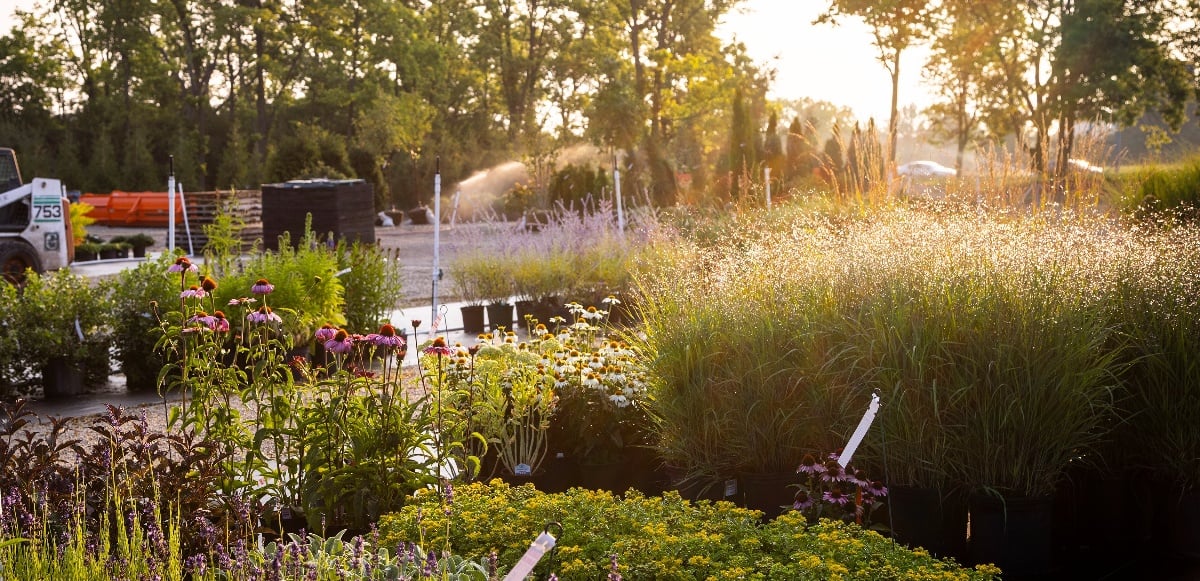
It's spring, and just like every other landscaping company in North America, we've got a lot going on. This month has brought with it plenty of highs and lots of challenges, too.
We had our largest summer floral installation list to date, with eight crews focused on planting annuals for our maintenance clients for just about 2 weeks straight. On top of those crews, we also had containers that were assembled, pre-grown, and then delivered to properties. It takes a lot of coordination to make this work, and even more to run like a well-oiled machine while our crews are still catching up on mowing and maintenance visits (we've had a lot of rain).
There are three things we've done to make our floral push successful and scalable as we grow. If your floral push was a little more "chaos" than "organized", here's what I'd do before next year:
1. Look at Procurement
To simplify this process, we source all of our annuals from just two sources and keep availability in mind when designing the floral displays. This year, our floral came in two deliveries. We knew when to expect these deliveries and scheduled crews to be at the shop to help our procurement manager and plant yard supervisor unload them.
Plants were delivered the week before any installations. Because of the care involved, we don't like them onsite too long, but we also don't like to cut delivery too close, just in case.
2. Have a Plan
We plant and pre-grow most containers and then deliver them to our properties. For the containers that we must plant onsite, our crews are equipped with diagrams for each container and planting bed. These diagrams, along with training on best practices, help us consistently deliver the level of quality expected of us without requiring the salesperson or production manager to visit each property and lay out the display. It also makes it simpler to order what we need from our supplier because we can easily create a list from these diagrams.
What not to do: sending a crew with some plants and telling them to "just figure it out and make it look nice" is a recipe for disappointing clients. Some crews may do this really well, but it's not efficient and can be a source of frustration for everyone.
Bonus: On Friday, we posted this video of our plant yard after all the deliveries but before any installations. Can you guess how many plants were involved in this year's floral push based on what you see?
3. Stay Organized
We label the aisles in our plant yard and tag plants as they come in if they're allocated for specific properties. When crews load in the morning, their work tickets will list exactly what they need and where to find it in the yard so they can pull up and load efficiently. I can't lie to you: we still have traffic jams just because of the number of crews leaving at once, but this helps a lot.

These three process improvements can help floral installs run a little smoother for you next year if you start working on them now. They are things we figured out over time by getting the right people into the right positions and letting them run with the ball - I have to credit our procurement manager, Amanda, for most of these ideas!
If you'd like to see our teams in action, join us this fall at one of our Grunder Landscaping Co. Field Trips! You'll learn directly from the talented team I work with, tour our offices and shop, and watch our morning roll-out yourself. There are dates available - snag your spot soon as these tend to fill up!
 Marty Grunder
Marty Grunder
Founder & CEO
The Grow Group & Grunder Landscaping Co.
